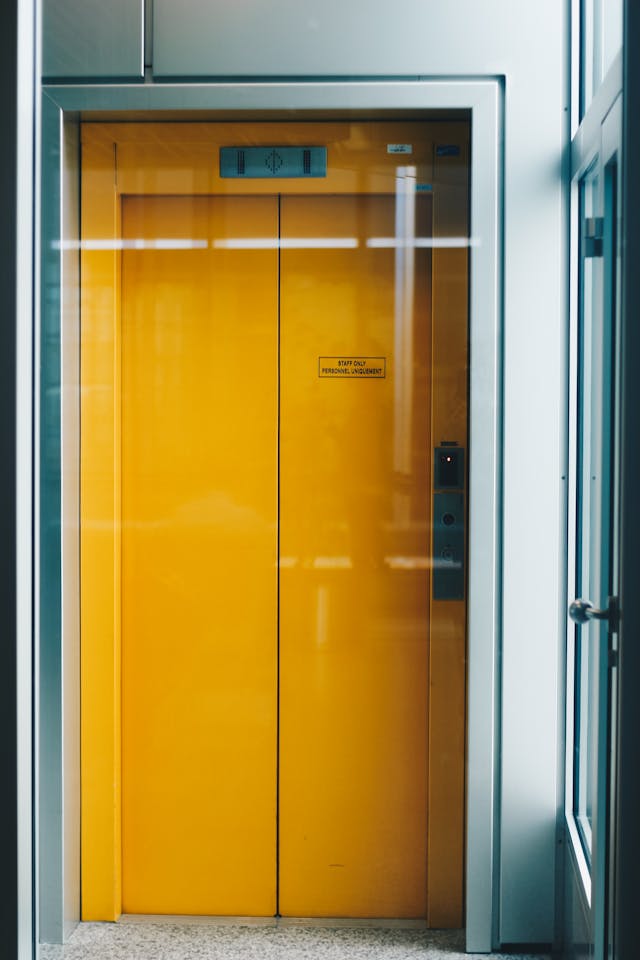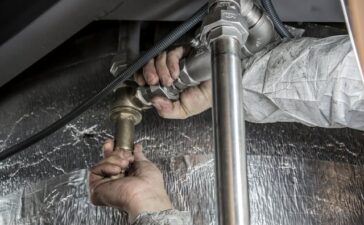History and an introduction to Elevators.
Have you even ever stood up to and thought about the wonder of the lifts adelaide? These are relatively straightforward boxes, which take us up and down high buildings and our daily commuting is easier and more convenient. However there is a lot more than meets the eye with this contemporary convenience. The history of lifts is long-held since primitive lifts were developed in place of the crude hoists to advanced lifts which perfectly fit into the architectural designs.
Just consider riding to the top of a skyscraper in a glass lift that is as smooth as riding through a glass. The science of these lifts is also quite intriguing a combination of engineering genius and high-tech mechanisms. We are going to venture further into their internal mechanisms and you will find out how complicated and yet beautiful they are. It is a ride through history and invention worth being buckled up.

Mechanics of Elevator Operation.
Elevators are the wonder of modern times engineering as they utilize the use of basic and efficient mechanics to bring us up and down. The core of such operation is a cable and pulleys system.
When you press the button to the preferred floor, an electric motor will be used, either by winding or releasing a steel cable. This cable is connected to a counterweight which balances the weight of the elevator. It is through this ingenious plan that we are able to move in a smooth manner.
There are guides within the shaft to ensure that the elevator is straightened as it moves up and down the shaft. The presence of safety features such as brakes makes the passengers safe at all times.
New elevators are also more efficient with the use of modern technologies. Sensors and microcontrollers measure the speed and the position in real-time, which can be accurately controlled at each ride. It is remarkable that these parts come together to ensure that our everyday travels are smooth.

Designing and constructing Elevators by Engineers.
Elevator design and construction is an interesting combination of creativity, engineering skills, and safety issues. Engineers start with an evaluation of the needs of every particular building. Their considerations include height, anticipated traffic flow and environmental conditions.
After collecting this information, the next thing is to choose a type of elevator, that is, whether it is traction or hydraulic. The systems have their benefits depending on the structure and purpose of the building.
Materials are also given attention by engineers. Durability and appearance are affected by the use of steel or aluminum as cables and car frames respectively. The safety aspects are of the utmost concern in this phase; the redundancy systems will guarantee that in case any of the components stops functioning, others can assume the roles without any inconvenience.
Additionally, the current technology is an important factor in the design of elevators. Smart controls maximize efficiencies by forecasting the peak usage periods using data analytics. This increases efficiency, but also user experience.
Intense testing is done prior to the entry of an elevator into service. The simulations are used to recreate a real world situation to ensure that all features are working as expected in a number of different situations.
Essentially, the design of the elevators is a matter of functionality and safety with innovation at all costs.





